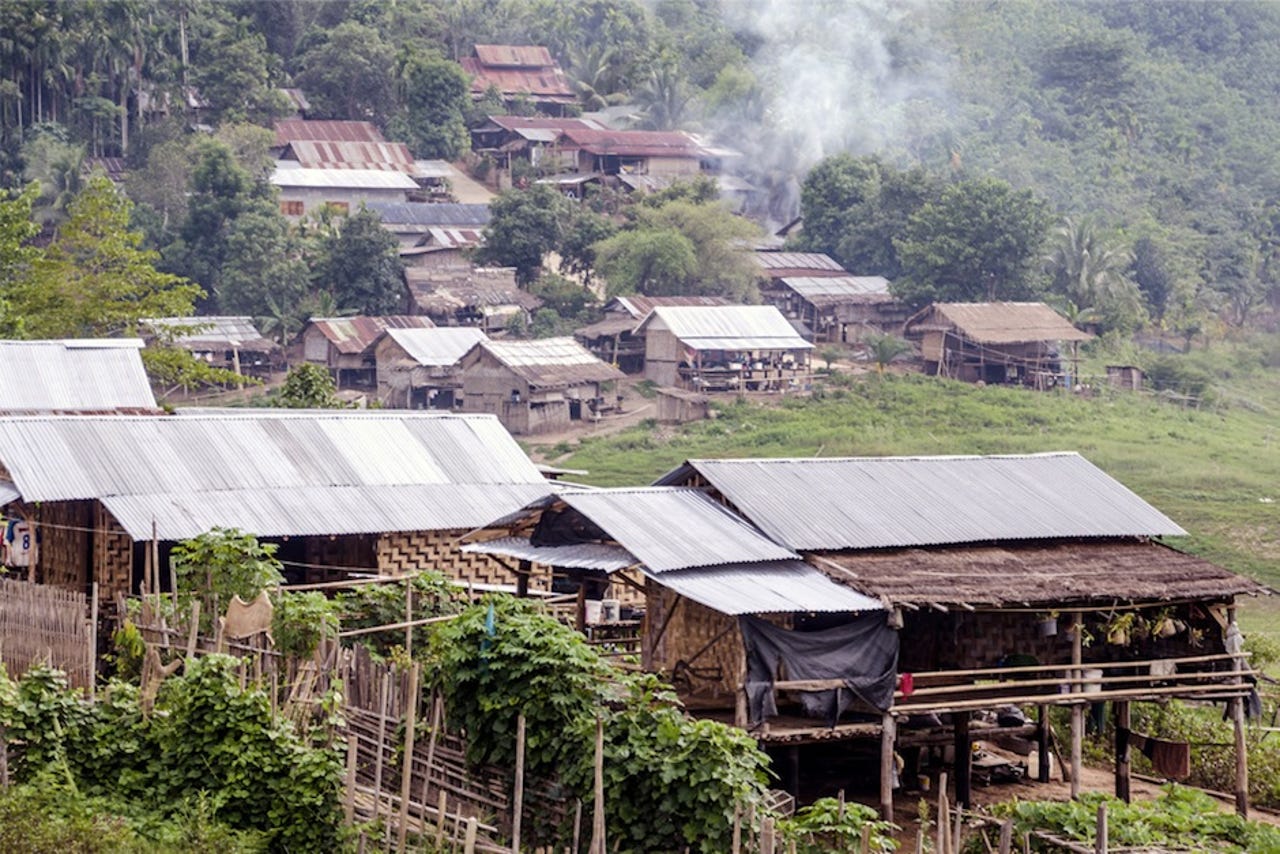Innovation
In Thailand, a 13 percent drop in infant mortality in a year
The country's ambitious 2001 healthcare reform, called 30 Baht, increased funding for hospitals and reduced copay to around 75 cents.


One of the most ambitious health reforms ever undertaken in a developing country, Thailand’s 2001 healthcare reform -- called 30 Baht -- increased funding available to care for the poor, granting about $35 per capita to provincial hospitals based on the number of local residents. Importantly, it also reduced copay to around 75 cents (or 30 Thai baht) per visit.
Before that, just under a third of Thailand’s population was enrolled in a modestly funded healthcare program, the Medical Welfare Scheme (MWS), which theoretically provided free access for the poor. Another half of the population was considered too well-off for that plan, but their incomes weren't high enough to have other insurance. MWS was replaced by the 30 Baht program.
To investigate the impact of 30 Baht on medical utilization, a team of Harvard and MIT scientists analyzed data from the Health and Welfare Survey in Thailand, from 2001 to 2005, which included a cross-section of all 76 Thai provinces. They also drew from province-level statistics compiled from death certificate registries, made available by the Thailand Ministry of Public Health for years 1997 through 2008. They found:
- Hospital utilization increased most for women ages 20 to 30 and for infants.
- Prior to 30 Baht, poorer provinces had significantly higher infant mortality rates than richer provinces. After 30 Baht, the difference was zero.
- The 13 percent drop in a year seems largely attributable to fewer infant deaths in rural areas where people might never have gone to hospitals. The visibility of the program really helped people recognize they have a right to hospital access, the team says.
- The 30 Baht program lowered infant deaths by about 2 per 1,000 births in Thailand over the course of the study. Previously, the national rate was around 15 per 1,000 births.
“One of the most surprising things about the results is how quickly you see the shift in infant mortality,” Harvard’s Nathaniel Hendren says in a news release. “You see it within a year.”
The sharp “equalization” in infant mortality observed between 2000 and 2002 is consistent with the fact that the most common causes of infant mortality in the world are from treatable diseases: dehydration (associated with diarrhea), pneumonia, and infection. “It’s a very dramatic shift,” MIT’s Robert Townsend adds.
The work was published in the American Economic Journal: Applied Economics.
Image: Thinkstock via MIT
This post was originally published on Smartplanet.com